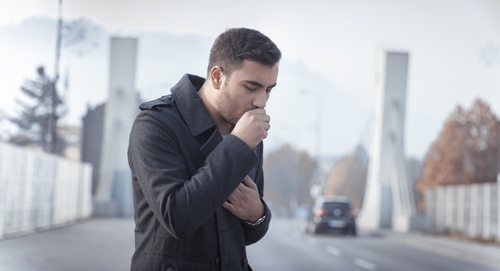- A condition where the bronchial tubes of the lungs are permanently damaged and enlarged.
- This allow bacteria and mucus to build up in the lungs, resulting in infections and blockages in the airways.
- The condition is treatable, but it cannot be cured.
- With treatment, one can live a normal life; exacerbations however, must be treated promptly to prevent oxygen deprivation.
Causes of bronchiectasis:
- Lung infection: Most common
- includes viral infections i.e. the flu and bacterial infections i.e. staph or tuberculosis.
- Additional causes of bronchiectasis include:
- inhaling foreign objects or food
- breathing in stomach acid
- cystic fibrosis
- GERD (gastro-esophageal reflux disease)
- weakness in your immune system (e.g. HIV, uncontrolled diabetes)
- Cystic fibrosis: causes 1/3rd of all cases of bronchiectasis (source: National Institute of Allergy and Infectious Diseases).
- a hereditary disease where mucus builds up in the lungs and other organs like the stomach, resulting in repeated infections.
- Chronic obstructive pulmonary diseases (COPD), chronic bronchitis, and emphysema also obstruct the lungs and increase risk for bronchiectasis.


